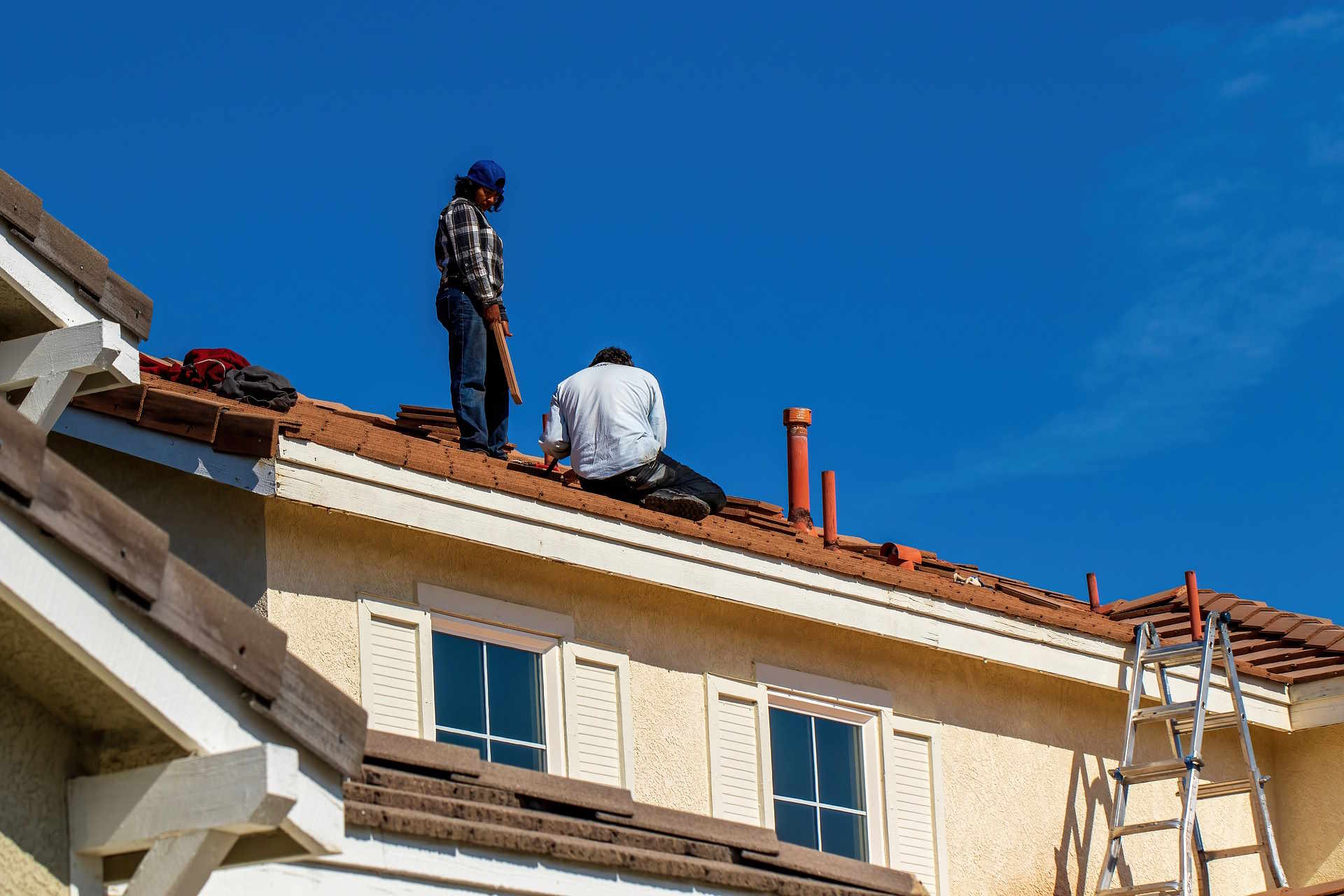Metal Roof Panels: A Comprehensive Guide for Homeowners
Metal roof panels have become an increasingly popular choice for homeowners seeking durability, energy efficiency, and aesthetic appeal. This article explores the key aspects of metal roof panels, including selection criteria, energy efficiency, and maintenance requirements.

How to choose metal roof panels for your home
Selecting the right metal roof panels for your home involves considering several factors. First, determine the style of metal roofing that best complements your home’s architecture. Options include standing seam, corrugated, and tile-like panels, each offering a distinct look.
Next, consider the material. Common choices include steel, aluminum, copper, and zinc. Steel is often the most affordable and durable option, while copper and zinc offer unique aesthetics but come at a higher price point. Aluminum is lightweight and corrosion-resistant, making it suitable for coastal areas.
Color is another important consideration. Metal roof panels are available in a wide range of colors and finishes, allowing you to match your home’s exterior or create a striking contrast. Keep in mind that darker colors may absorb more heat, which could impact energy efficiency in warmer climates.
Are metal roof panels energy efficient for homes?
Metal roof panels are indeed energy efficient for homes, contributing to reduced energy costs and improved indoor comfort. Their energy efficiency stems from several key features:
-
Reflectivity: Metal roofs, especially those with light-colored or specially coated surfaces, reflect a significant amount of solar radiation. This reflection helps keep the roof and attic space cooler, reducing the load on air conditioning systems during hot weather.
-
Emissivity: Many metal roofs have high emissivity ratings, meaning they quickly release absorbed heat rather than transferring it into the home. This property further enhances their cooling effect.
-
Insulation compatibility: Metal roofing systems can be installed with additional insulation layers, improving overall thermal performance. This combination of reflectivity, emissivity, and insulation can lead to substantial energy savings over time.
-
Cool roof technology: Some metal roof panels are treated with special coatings or pigments that enhance their solar reflectance and thermal emittance, meeting “cool roof” standards set by energy efficiency organizations.
While the initial cost of metal roof panels may be higher than traditional roofing materials, the long-term energy savings can offset this investment. Additionally, some regions offer incentives or tax credits for installing energy-efficient roofing systems, further enhancing the financial benefits.
What maintenance is required for metal roof panels?
One of the advantages of metal roof panels is their relatively low maintenance requirements compared to other roofing materials. However, some regular care is necessary to ensure longevity and optimal performance:
-
Annual inspections: Conduct a visual inspection of your metal roof at least once a year, preferably in spring or fall. Look for any signs of damage, loose fasteners, or sealant deterioration.
-
Cleaning: Remove debris such as leaves, branches, and dirt that may accumulate on the roof. This can typically be done with a soft-bristled brush or a leaf blower. Avoid using pressure washers, as they may damage the roof’s protective coatings.
-
Gutter maintenance: Keep gutters and downspouts clear of debris to ensure proper water drainage. Clogged gutters can lead to water backup and potential damage to the roof edge.
-
Address issues promptly: If you notice any damaged panels, loose fasteners, or failing sealants, address these issues as soon as possible to prevent more extensive damage.
-
Repainting: While many metal roofs come with long-lasting finishes, repainting may be necessary after 20-30 years to maintain appearance and protection. Consult with a professional to determine the appropriate time for repainting.
-
Snow removal: In regions with heavy snowfall, consider using a roof rake to remove excess snow and prevent ice dam formation. Be cautious not to damage the roof surface during this process.
-
Professional maintenance: Consider hiring a professional roofing contractor for periodic maintenance checks, especially if your roof is older or has experienced severe weather conditions.
Metal roof panels offer a combination of durability, energy efficiency, and low maintenance requirements, making them an attractive option for many homeowners. By carefully selecting the right panels, understanding their energy-saving potential, and following proper maintenance practices, homeowners can enjoy the benefits of a metal roof for decades to come.




